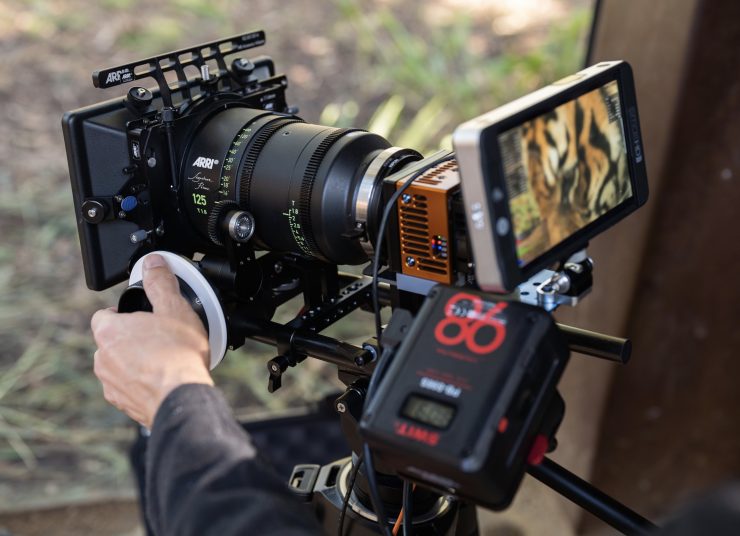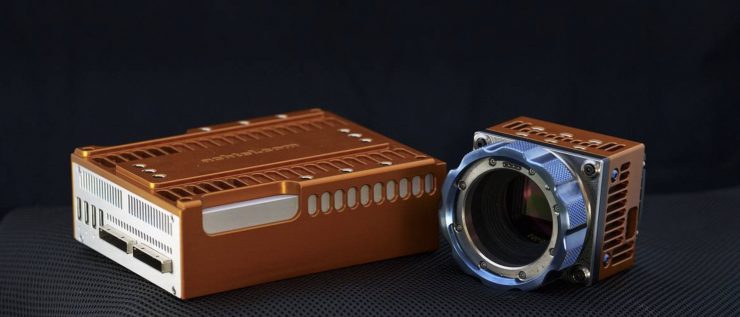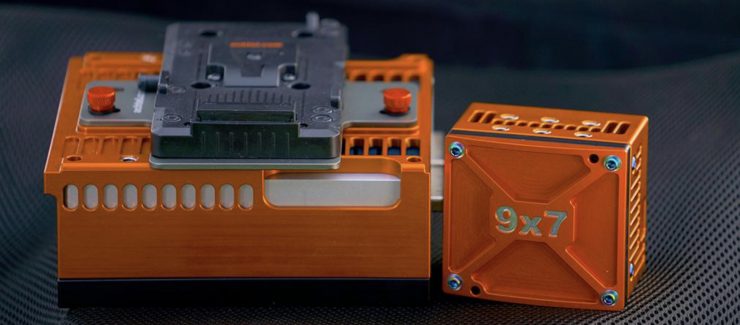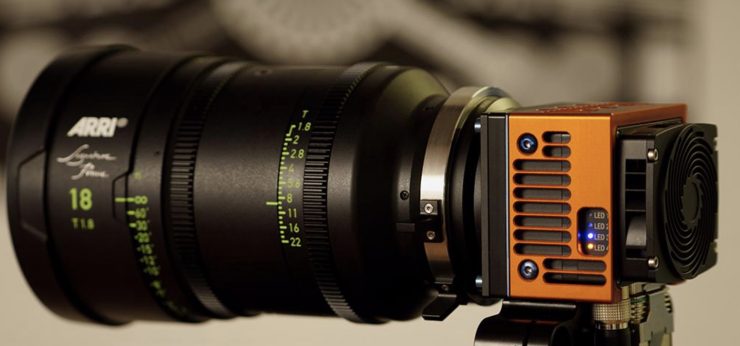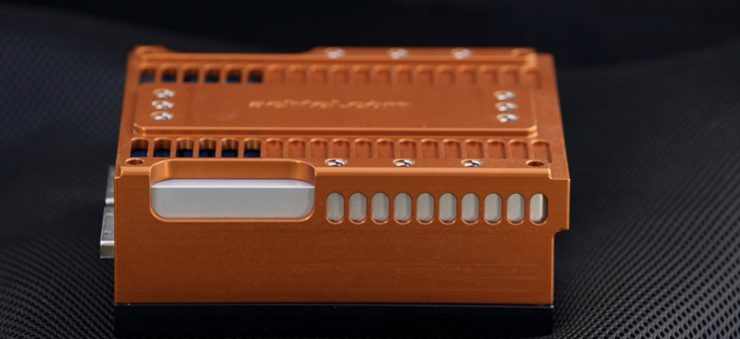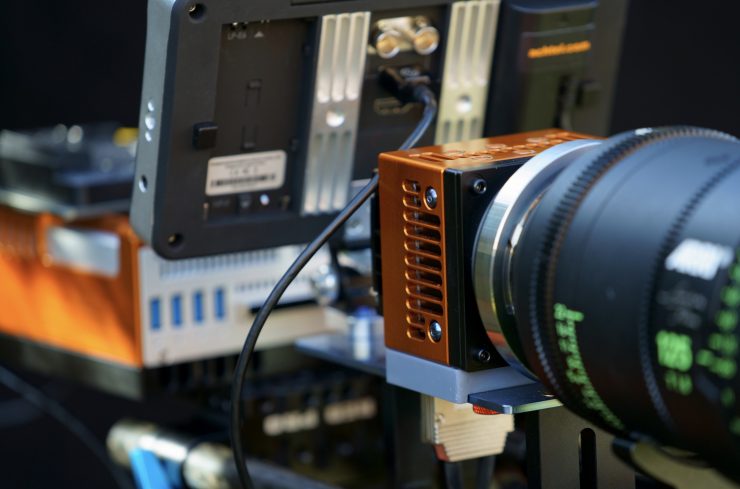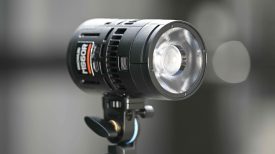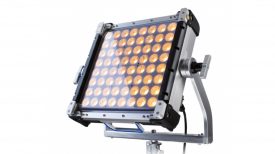Pawel Achtel ACS has been working on a 9×7 Megapixel Motion Picture Camera for the last couple of years and today he officially announced it.
Above you can see a long interview I did with Pawel Achtel ACS about the 9×7.
Giant Screen and IMAX Cinema has been Pawel’s focus for the past 20 years. This medium is different from traditional cinema and television in many ways. One such difference is the aspect ratio, 4:3, meaning most digital footage needs to be either cropped or vertically extended in post-production. Second is the resolution, where 8K is an absolute minimum and even then it is not enough for some of the largest screens. Those two requirements make all currently available digital cinema cameras poorly fit for purpose. The only solution was to create a camera specifically designed for Giant Screen filmmakers. A camera that would give the cinematographers the confidence that each and every frame conveys powerful emotions, perfect skin tones, crisp detail, and the legendary sweeping grandeur of large format cinematography. A modern replacement for 15-perf 70mm IMAX film.
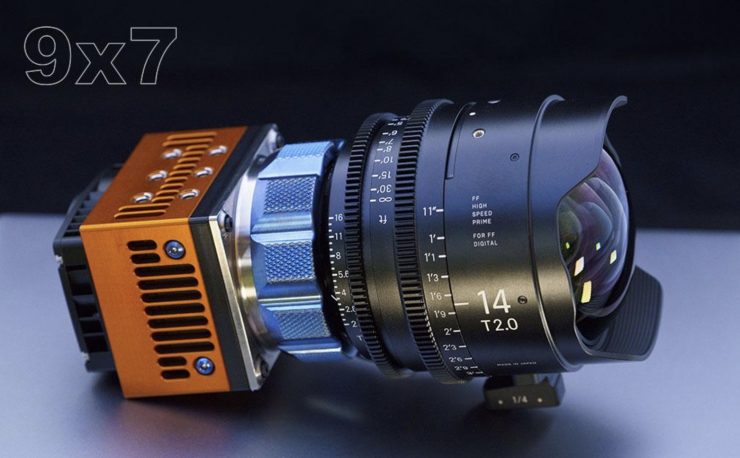
The 9×7 is a 65MP camera that has a resolution of 9.3K x 7K. It was nicknamed 9×7, due to its native resolution being just over 9K wide and 7K tall and boasting twice the pixel count of the highest commercially available large format digital cinema cameras.
This is a specialized camera designed for IMAX and Giant Screen, VFX, and VR, hence the 4:3 aspect ratio and small size to rig it for 3D configurations.
The file sizes huge, but with that, you improve image quality which is important when displaying on giant screens.
So, let’s find out more.
Uncompressed RAW recording
It is best to think of the 9×7 as a ‘thick negative.’ The absence of compression, a compromise we’ve all come to expect and live with since the advent of digital cinematography, means that no details are lost, and gradations of color and luminance are as smooth as technically possible.
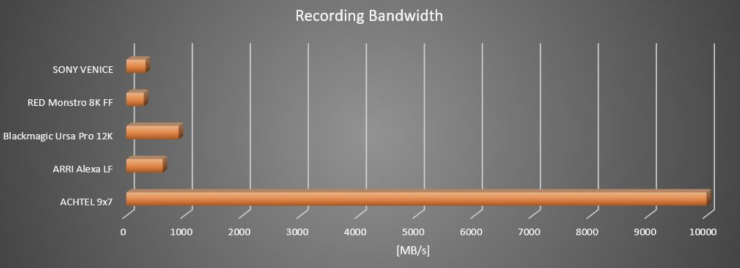
The ACHTEL 9×7 has almost twice the resolution of industry-leading RED Monstro cameras and over twenty-six times their maximum data rate, or bandwidth. The camera can shoot up to 70 fps in uncompressed RAW at full 65 Megapixels with bandwidth to a tune of 8 GB/s. The 9×7 Recording Module can reliably record data at up to 10GB/s. To put 8 GB/s into perspective, the recently announced Blackmagic URSA Mini Pro 12K records around 800MB/s.
The concept of the camera is quite simple, get the sensor data stream and dump it with as little processing as possible to the disk through a “big pipe”. All processing that usually is done in the camera is left to post-process during conversion to the DNG file format that can be directly used in most NLE systems. The data throughput is quite an achievement. Currently, there is no interface that can carry this amount of data at nearly zero latency. The recording bandwidth is about twice as much as Thunderbolt 3 at full capacity. The processing bandwidth is even higher and exceeds 30 GB/s, this is done to preserve incredible image fidelity and that is what the 9×7 has been designed for.
What about heat?
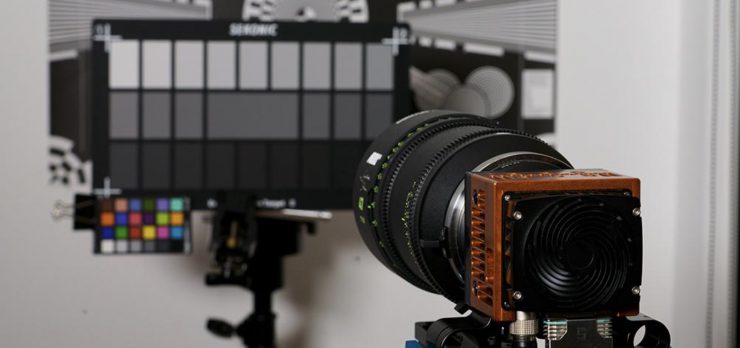
The camera runs very cool in standby mode, but because of its high performance and data rates, it does require extreme cooling during operation, especially when shooting at maximum frame and data rates. The 9×7 features a removable cooling module that bolts under the brain. The cooler is only about 13mm thin and features two fans cooling the solid- state storage. This is in addition to twin fans actively cooling the main processing unit and another big fan on the back of the camera head. That’s 5 fans in total. Maybe canon should have talked to Pawel!
Meant for giant IMAX screens
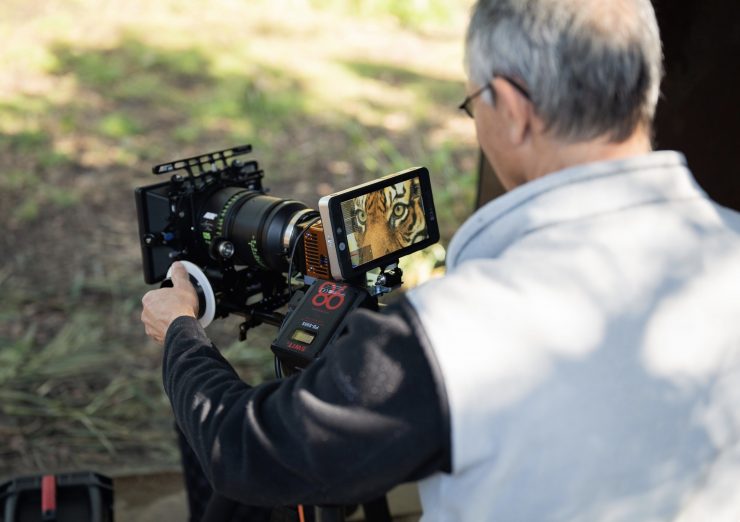
The 9×7 Camera significantly exceeds Large Format 70mm IMAX film in all aspects of image quality, from sharpness, contrast, and color fidelity to noise and dynamic range. However, like IMAX film it offers an immersive 4:3 aspect ratio.
Being able to shoot natively in the 4:3 aspect ratio at a high resolution means it will no longer be necessary to compromise on image quality. You also won’t need to significantly increase post-production costs, with ‘shot extensions’ or by stitching together multiple shots in order to create full-sized images to meet the necessary proportions.
By keeping every pixel at maximum, RAW quality all the way from its BSI sensor to the camera recorder, the quality of the final images is claimed to be unmatched by any other camera on the market today.
Sensor
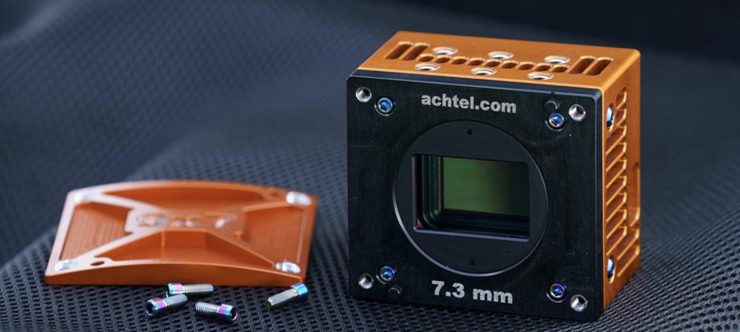
The camera uses a CMOS APS-H sized Back-Side Illuminated sensor design that features a true Global Shutter readout, claimed wide color gamut, high color accuracy, low noise, high light sensitivity, and high frame-rates. As the camera is able to record uncompressed RAW images at 8GB/s (about twice the maximum data rate of today’s Thunderbolt 3), the ACHTEL 9×7 is claimed to be able to preserve the tiniest of details in shadows and mid-tones as well as highlights.
This is a commercially available sensor, as Pawel states clearly in the interview I did with him.
This is not his first Rodeo
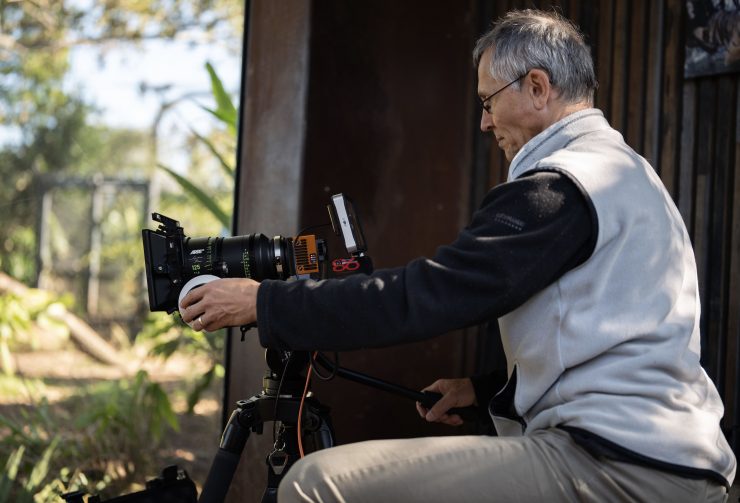
Australian cinematographer and camera inventor, Pawel Achtel ACS, is no novice when it comes to inventing and producing high-end camera technology. His company’s DeepX and 3Deep camera systems for underwater cinematography featured revolutionary designs, using carefully tested and matched Nikonos underwater lenses mounted on RED cameras. And, the company’s patented 3D beam-splitter was recently used extensively on James Cameron’s latest Avatar sequels, in New Zealand, prompting the legendary Hollywood director to write that the results were the best underwater 3D images he’d ever seen. By far.
Split System
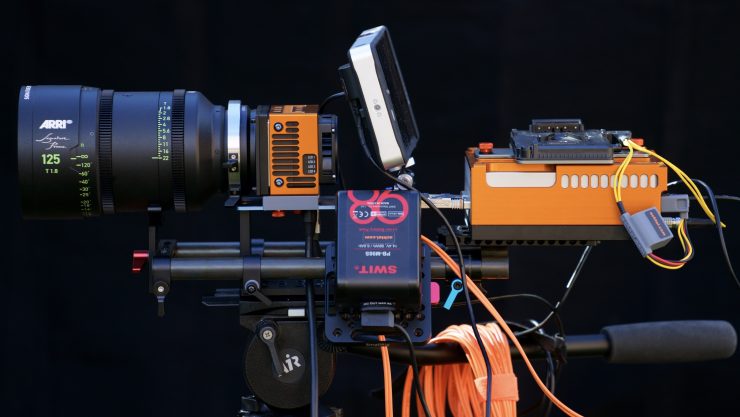
The ACHTEL 9×7 is a split system where you have the camera head and you have the recording module. The camera head, which provides the option of using a wide array of lens mounts, is remarkably small even by today’s standards.
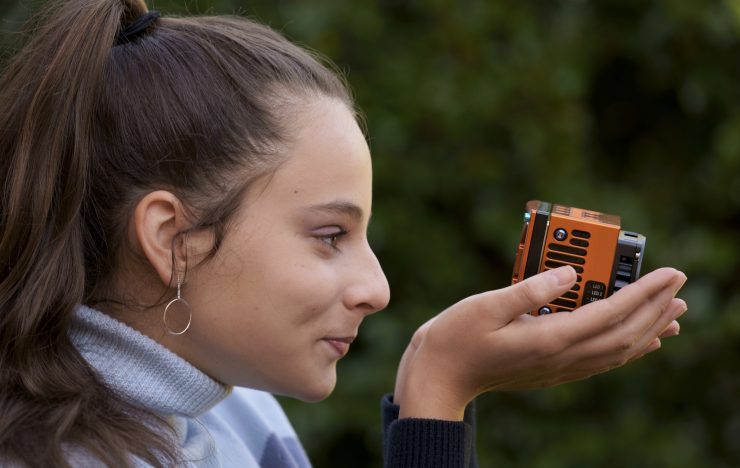
It measures just 80 x 80 x 70 mm (3.15 x 3.15 x 2.27″), and because it can be placed up to 20 meters (65.6′) away from the rest of the camera through the use of a fibre optic cable.
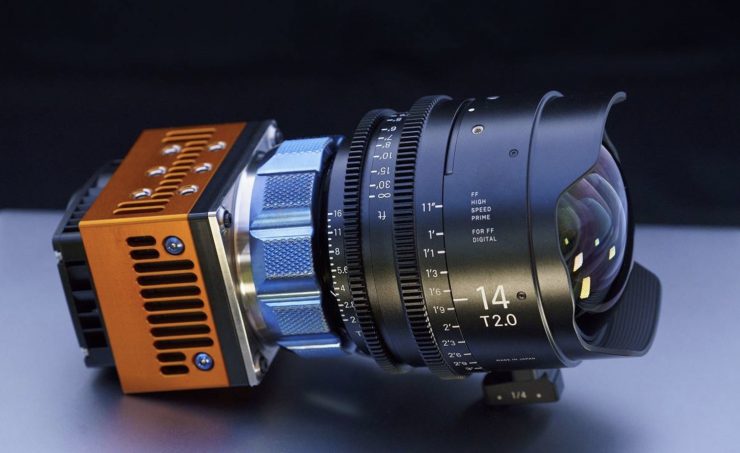
The ACHTEL 9×7 can be placed in positions where other cameras simply can’t go. This small size also allows it to easily be placed on drones and inside underwater housings.
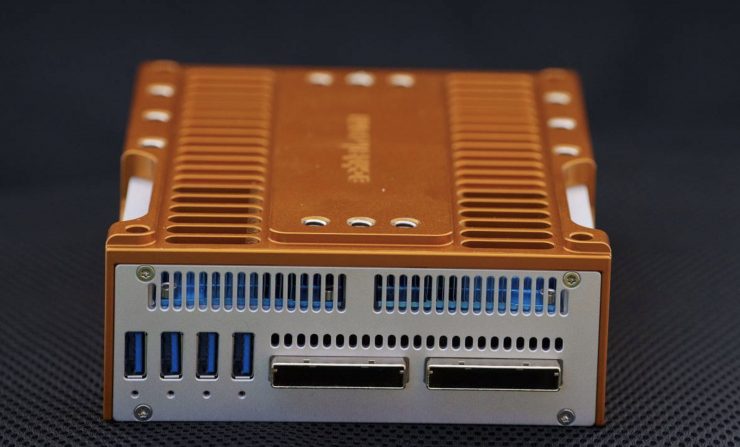
The recording unit measures 136 x 166 x 66 mm (5.35 x 6.53 x 2.6″).
The system uses an open GPIO interface allowing remote operation of all functions of the camera.
Color Science
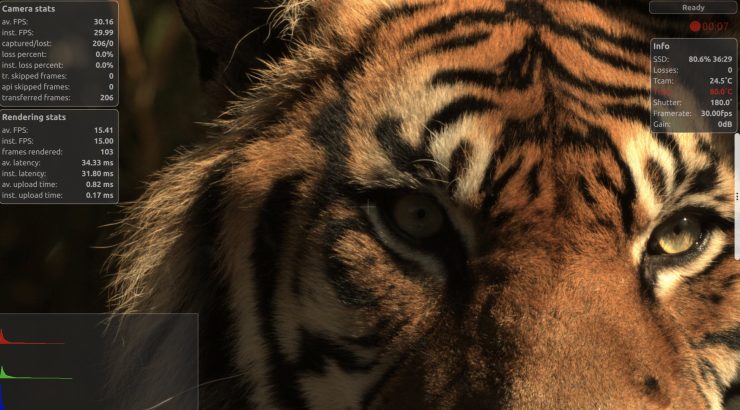
As we all know, resolution doesn’t define a camera. Pawel has paid a great deal of attention to color accuracy and wide color gamut. The camera’s color fidelity is claimed to be among the top 5 best large format cinema cameras on the market.
The 9×7 also offers sophisticated features, such as custom and user-defined camera color profiles and color science, giving the cinematographer full control over color fidelity, accuracy, or artistic expression. For the first time, the cinematographer can change the way the camera sees the colors giving the ultimate control of the final look.
The camera delivers great low-light capabilities, with just candlelight or moonlight, enough to produce clean, vibrant, and captivating images.
How do you control and monitor the camera?
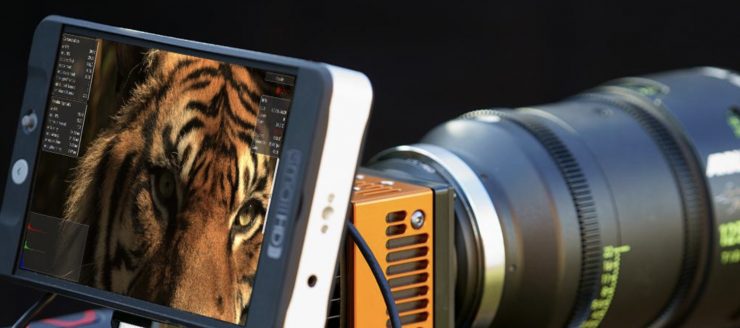
The camera head is able to output a signal over SDI that can be viewed on any compatible monitor.
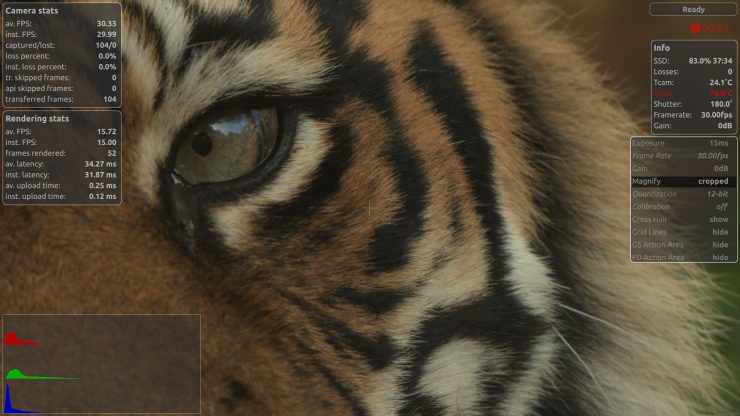
The 9×7 camera features quite a few unique advanced tools which assist the cinematographer to obtain accurate exposure and focus. Diagnostics and other information are also available.
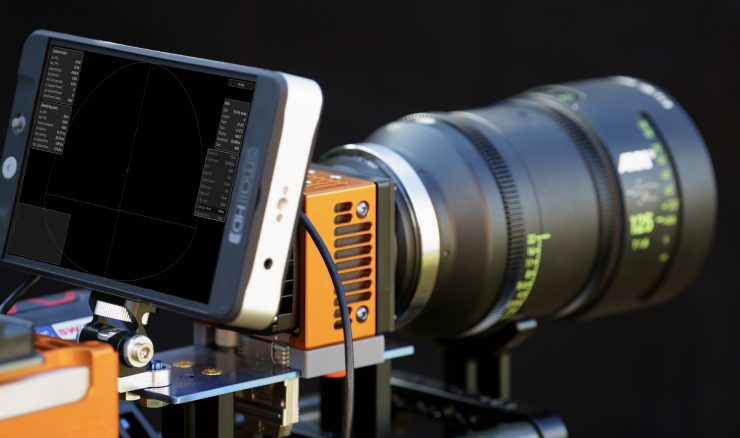
9×7 camera features on-screen tools, such as 1:1 magnification with customizable region of interest, IMAX and Giant Screen framing overlays, RAW histogram as well as numerous enhancements, such as a template-based file format allowing flexible naming conventions including nearly all camera settings.
Nearly everything can be adjusted and configured using the configuration file (JSON format), including the inner-workings of the camera. This makes it easy to fine-tune the performance without the need to upgrade the firmware.
In addition to logging and diagnostics, on-screen instrumentation is another innovation allowing advanced monitoring of the camera’s internal processing and health statistics in real time.
Lens choice & lens mounts
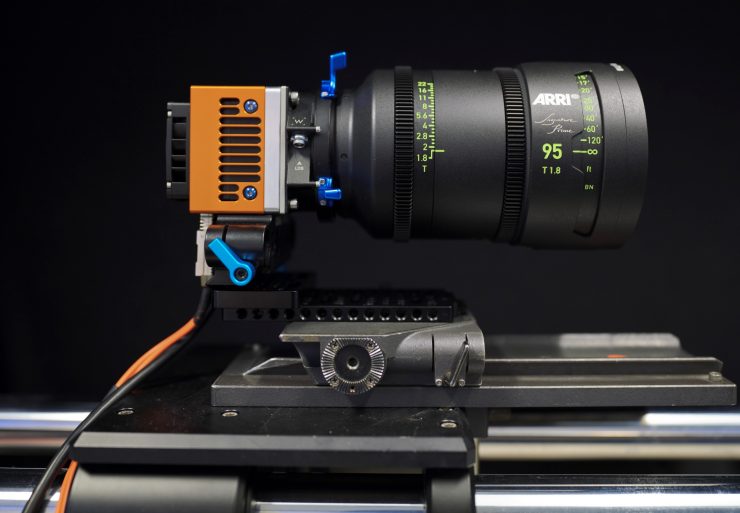
The 9×7 Digital Cinema Camera features an exchangeable, large-aperture lens mount system. Available lens mounts include LPL, PL, Nikon F, Canon EF, Leica M as well as underwater Nikonos and Nikonos RS.
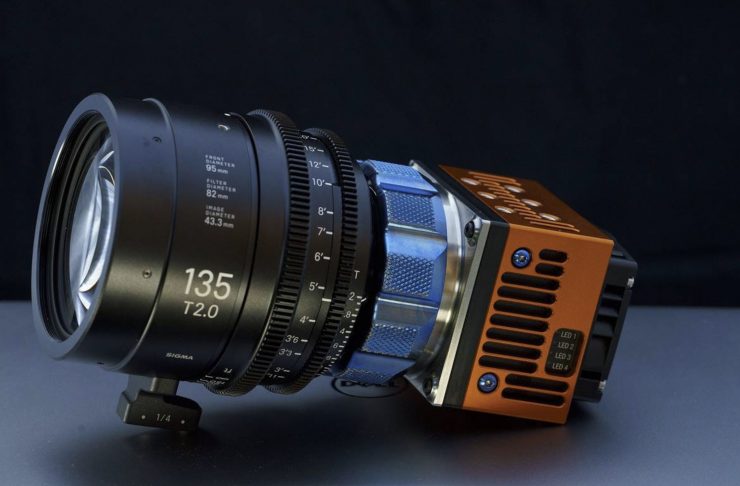
Finding lenses sharp enough for the ACHTEL 9×7 is one of the biggest problems. Pawel has been constantly testing all the best lenses on the market today.
There are only a handful of lenses out there that can actually match the sharpness, but the 9×7 camera is already diffraction limited at f/4.0. To put it in perspective, when setting up a medium shot of a person you can clearly see a different focus mark on the base of the eyelash and on the tip of the eyelash. The camera is so sharp that the limitations are only in available optics, focusing skills, and laws of physics.
Pawel tested out the ARRI Signature Prime lenses and he was nicely surprised at how beautifully those lenses rendered on the 9×7. He was surprised that they were able to deliver sharpness that matched that of the 9×7 to the pixel.
If you want to see some DND images from the camera, click here.
Technical Specifications
| Resolution | 9.3K x 7K (65 Megapixels) |
| Sensor Size | APS-H |
| Shutter | Global |
| Native Aspect Ratio | 4:3 |
| Sensor Type | CMOS, Back Side Illuminated |
| Native ISO | 800 (3 stops of headroom) |
| Max Analogue Gain | +16db |
| Dynamic range | native at 65MP 13 stops native at 8MP 16 stops |
| Data Format | uncompressed DNG RAW |
| Camera Features | RAW Histogram Smart Traffic Lights Framing Overlays (IMAX, Grid, Crosshair, Full Dome, Custom) Instrumentation Diagnotics Black Shading Flat Field Correction Focus assist Focus magnification Crop Modes |
| Max Shutter Speed | 1/50,000 |
| Min Shutter Speed | 1sec |
| Max Data Recording Rate | 10GB/s (80GB/s) sustained |
| Internal Storage | 4TB or 8TB |
| Recording Time at 30fps | 46min (with 8TB internal storage) |
| MAX Frame Rate at 65 MP | 70fps |
| Supported Frame Rates | 0-70fps |
| MOCO (triggered) | 0-70fps |
| Genlock | Yes |
| Sync | Yes, master & slave |
| Remote Operation | Yes, wired and wireless |
| Lens Mount Options | LPL, PL, Nikon, Leica M (RED Compatible) |
| Recording Module | Weight: 2.5KG with cooling module Dimensions: 136 x 166 x 66 mm (5.35 x 6.53 x 2.6″) with cooling module Power Consumption: 100W Power Source: 11-19V DC |
| Camera Module | Weight: 0.7KG Dimensions : 80 x 80 x 70mm ((3.15 x 3.15 x 2.27″) with cooling unit Power Consumption 80W Power Source: 11-24v DC Replaceable OLPF: Yes |
| Max Tether Length | 20m (65.6′)) |
| Workflow | Windows & Linux |
Price & Availability
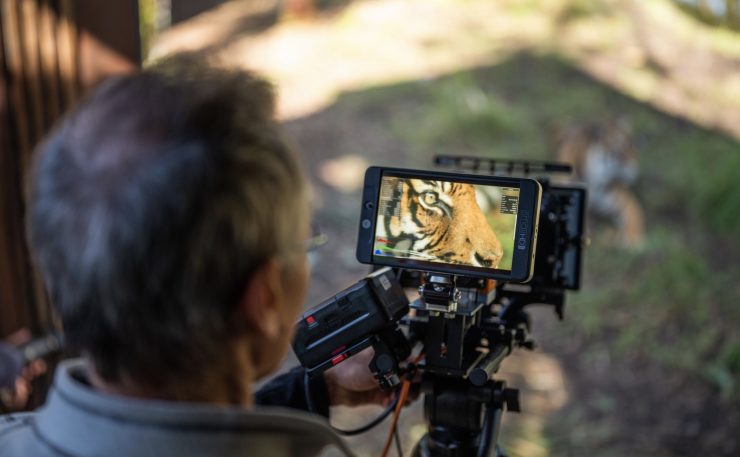
This is not some sort of vaporware or development announcement, the first ACHTEL 9×7 cameras are available for purchase and hire right now. The cost of the camera is around $200,000 AU ($143,000 USD).
What you need to remember is this is a highly specialized camera that has been developed and built with specific applications in mind.
Like what we do and want to support Newsshooter? Consider becoming a Patreon supporter and help us to continue being the best source of news and reviews for professional tools for the independent filmmaker.

